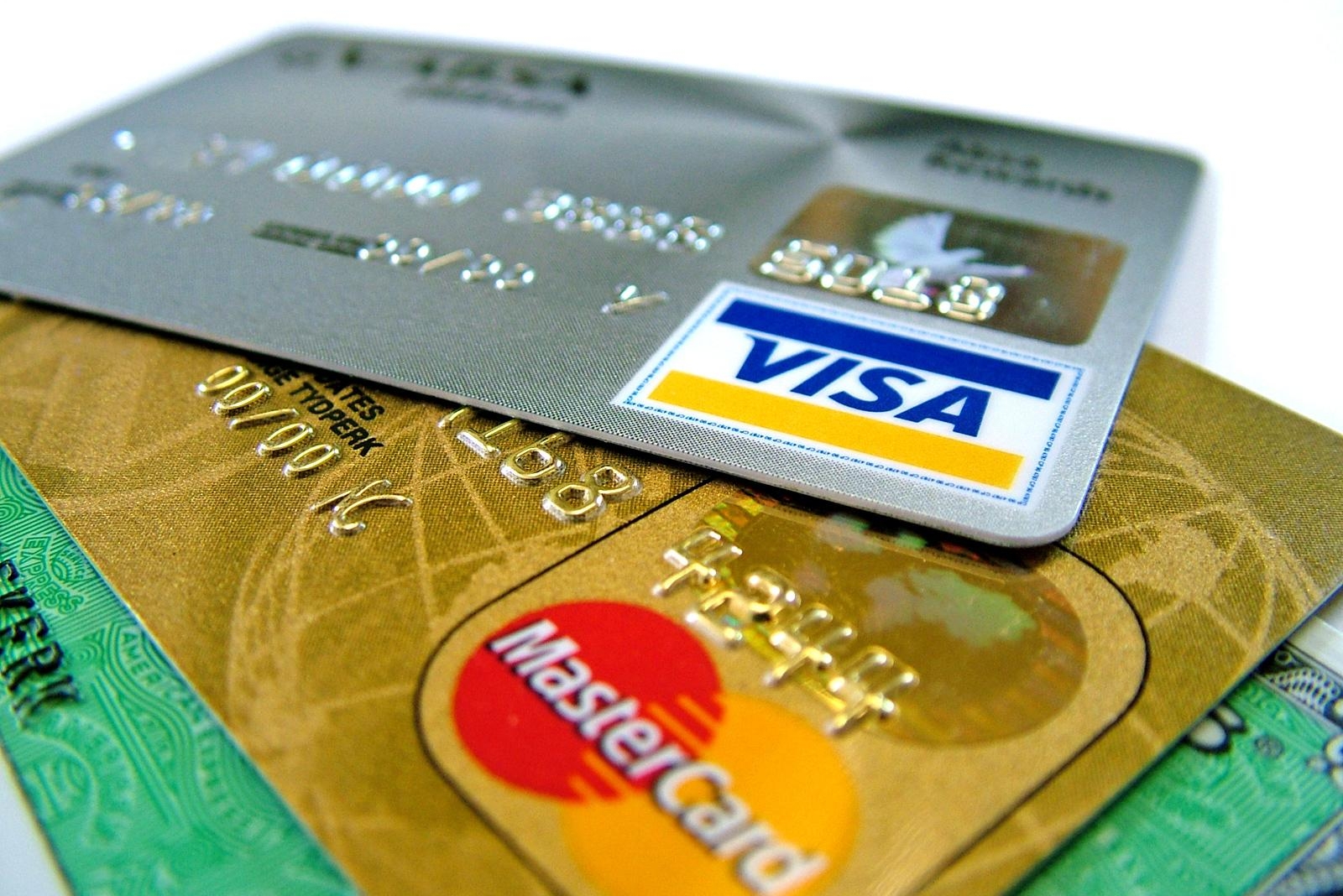Credit Card Interest Rate
Credit cards allow you to make cashless transactions. Getting a credit card is like borrowing money – the issuer extends a line of credit. Credit card interest rates differ from one issuer to another.
Furthermore, the money that a bank allows you to borrow typically comes with a fixed interest rate which you have to pay off every month.
APR and interest rates are generally the same with credit cards – APR is calculated annually.
What is the Credit Card Interest Rate?
Once you apply for a credit card, keep checking the credit card status irrespective of your location. You can track credit card status online. Now imagine you have a CC and you are buying something at a store by swiping your card. The issuer of the credit card – the lender of the money – pays the trader on your behalf.
At the end of each month, you pay back the plutocrat from your account to the bank along with the interest rate which will have been accrued. Also, credit card interest rates are also nominated as “ finance charges”.
The Credit Card Interest Rate Charged?
When your monthly statement arrives, you have two options.
- Either pay it off in full by the given period of time (interest-free period) or delay the payment and pay it off over time by paying only a minimum required amount.
- If you choose the latter, then as you delay the payments, the amount you need to pay back increases because of additional charges.
- You repay only the minimum amount due, then because of the accruing amount, interest rate, and penalty charges, you will have to pay a substantial amount over time.
- Pay a quantum that’s lower than what you owe or your outstanding pretenses, interest rates will be applied.
- If you withdraw cash from an ATM, buy things on EMI, or fail to make your CC payment, you will incur higher interest rates, which results in you finding yourself in a debt trap.
How to Calculate Credit Card Interest Rates?
Calculating credit card interest rates is a three-step process.
- The first step is by converting the annual rate to the daily rate. You can identify your interest rate as the APR (Annual Percentage Rate) on your CC statement. Divide your credit card’s APR rate by 365 to find the daily interest rate. Then multiply that daily interest rate with the balance you have on that day.
- The second step is by determining your average daily balance. Your daily balance is the balance you have every day in a month’s cycle.
Your bank statement will let you know which days are included in the billing period.
-
The CC interest rates will depend on the balance you have on each of those days.
- The third and final step is to put it all together and find out how much interest rate you will be paying for that particular month.
- To get this number, simply multiply the average daily balance with your daily interest rate, and then multiply it with the number of days in the billing cycle.
Credit card issuers give you a grace period by which you can repay the amount you took from the bank to purchase anything you require.
The minimum grace period is 20 or 21 days. As long as you pay within that period of time, you won’t have to pay any interest rate.
Still, also the CC interest rate will be applied to your outstanding balance If you pay only a little of what you owe to the CC issuer or don’t pay at all.
Whatever you do, make sure you pay your monthly bill in full every month. If not, at least make the minimum payment to get a reduced interest rate. Talking about low-interest rates, one of the best CC available is the Bajaj Finserv RBL Bank SuperCard.
Apart from low-interest rates, you can also avail of personal loans with nominal interest rate of 1.16% per month.
Additionally, you can also benefit from interest-free ATM withdrawals for up to 50 days!


